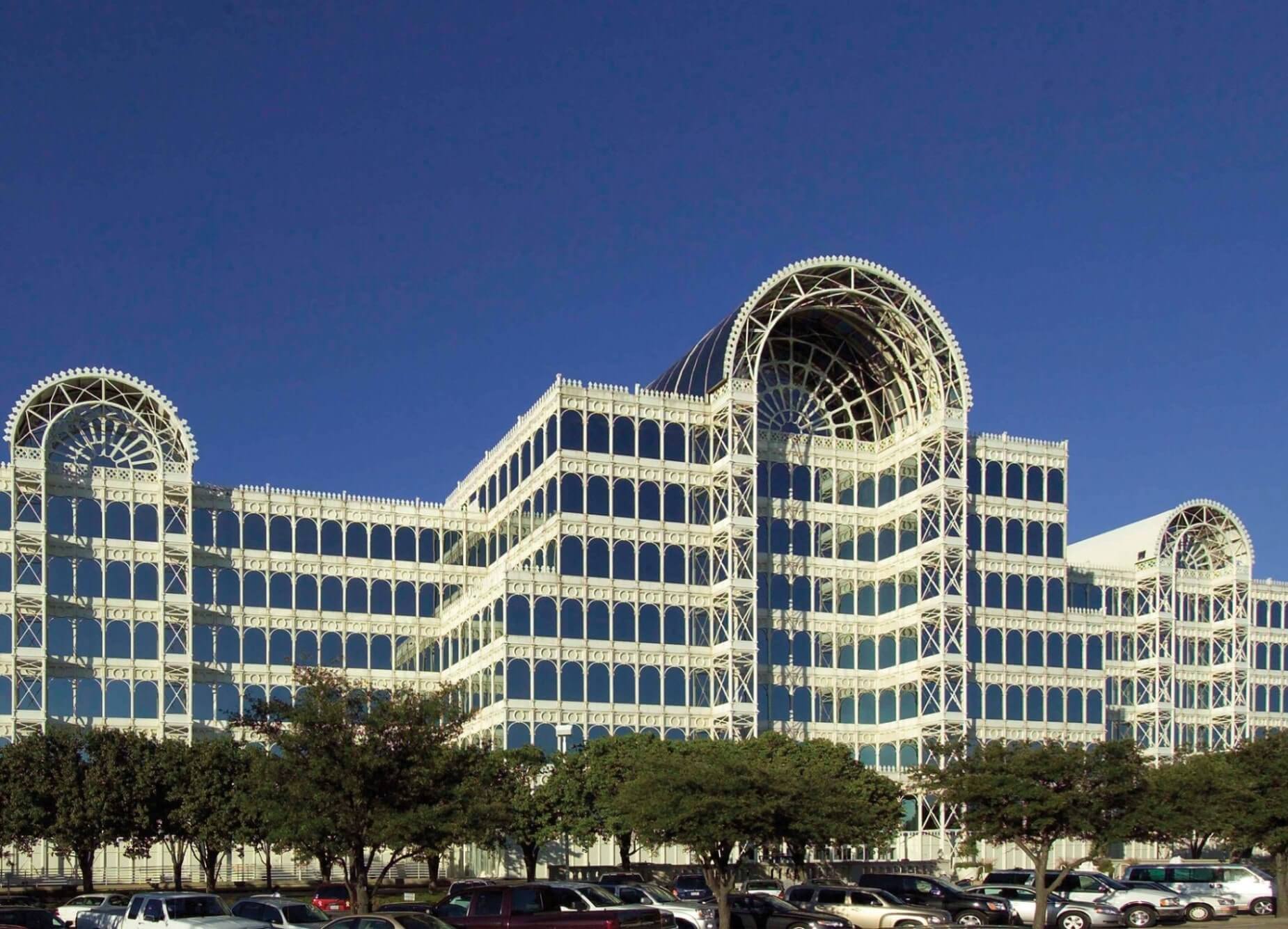OpenAI, the organization behind some of the most advanced artificial intelligence technologies, is undertaking a massive project known as Stargate to develop a nationwide network of data centers. At the heart of this initiative is the construction of a flagship data center in Abilene, Texas, strategically chosen for its infrastructure and resources. As OpenAI continues to push the boundaries of AI capabilities, the need for powerful computational infrastructure has become more critical than ever. Stargate stands as a testament to this growing demand.
The Stargate project, which has garnered significant attention, will not only establish new facilities in Texas but also expand across 16 other states in the U.S. It aligns with OpenAI’s mission to make its AI tools and services more robust and accessible globally. The centerpiece of this initiative is the flagship Texas data center, which is expected to feature cutting-edge technology and serve as a model for the upcoming network of facilities.
The $500 billion Stargate initiative aims to address the immense computational challenges presented by AI models like ChatGPT and DALL·E while ensuring scalability for future enhancements. Given the state-of-the-art requirements of training and running AI models, traditional data centers can no longer suffice. These new centers reflect an evolution in design and technology to accommodate the exponential growth of machine learning algorithms.
The selection of Abilene, Texas, was not accidental. Texas, with its favorable energy policies and central location, provides an ideal environment for data center operations. Moreover, Texas is equipped with extensive electrical grids that are essential for running energy-intensive servers. Officials have been enthusiastic about the economic boost that this initiative can bring to the local region, projecting the creation of numerous jobs and increased investment growth.
Keith Heyde, a team leader at OpenAI who is deeply involved in the Stargate initiative, has indicated that the new network of data centers is looking to connect all facilities seamlessly. Operations will start by mid-year in parts of the Abilene center, while announcements for other locations are awaited in the upcoming months. Heyde has emphasized the project’s vision of building interconnected hubs of computational excellence capable of serving various U.S. regions simultaneously.
As OpenAI scouts for additional locations, considerations ranging from logistics and energy availability to local policies and workforce readiness come into play. The core objective is to create facilities capable of supporting the growing demand for AI functionalities across industries, from healthcare and education to commerce and entertainment.
The potential reach of these centers exemplifies OpenAI’s resolve to secure a prominent role in global AI development. It also highlights the need for large-scale investments in technology infrastructure as nations worldwide attempt to establish dominance in the AI sector. The inclusion of prominent partners like Oracle and SoftBank in the Stargate initiative adds weight to its vision and promises significant collaborations.
Texas is not new to hosting tech enterprises, as the state has been a magnet for tech industries due to its advantageous tax structure and tech-friendly policies. However, the establishment of a network of data centers goes beyond just economic benefits. It underscores the growing importance of localizing AI operations for national security and economic stability.
Observers expect the Stargate initiative to serve as a prototype that stimulates debates on energy consumption, talent development, and ethical AI deployment. The AI industry has faced scrutiny for its environmental impact, primarily as these massive data centers demand enormous energy input. However, OpenAI has voiced its commitment to incorporating sustainable practices wherever feasible by leveraging renewable energy sources and optimizing energy consumption.
The Stargate expansion is timed strategically to complement ongoing advancements in AI. Over the last few years, OpenAI has emerged as a leader in developing path-breaking technologies like GPT models for human-like conversation and DALL·E for complex image generation. By creating its network of data centers, OpenAI positions itself not just as a creative powerhouse but also as a technological logistics trailblazer.
As the eyes of the tech world remain on OpenAI, the Stargate initiative could redefine large-scale AI infrastructure. Where it goes from here will likely depend on its ability to negotiate resources, sustainability concerns, and technological changes. Above all, it could shape how artificial intelligence interacts with society for decades to come.


